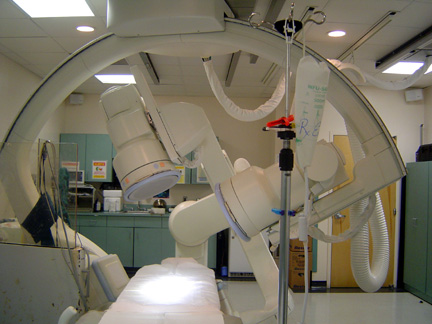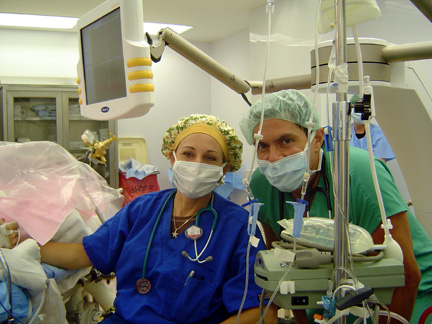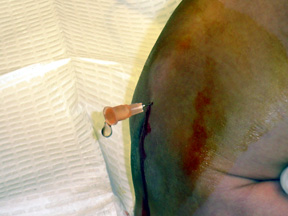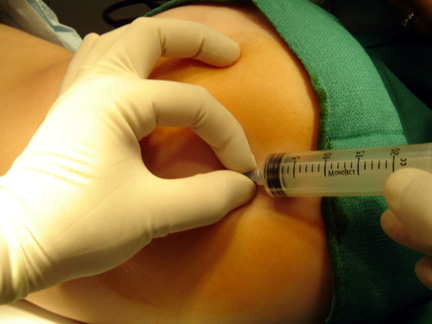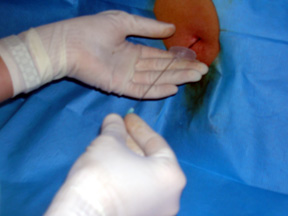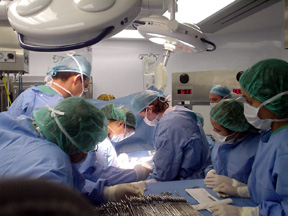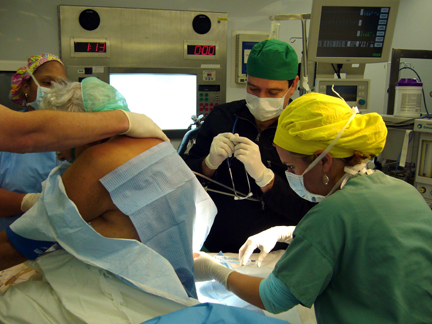The Department of Anesthesiology at the University of Puerto Rico, School of Medicine, is comprised of specialized divisions dedicated to excellence in patient care, education, and research. Each division works collaboratively to ensure safe, compassionate, and evidence-based care across all clinical settings.
Divisions:
Neuroanesthesiology
As the principal referral center for neurosurgical care in Puerto Rico, the University of Puerto Rico Medical Sciences Campus’ Medical Center offers residents exceptional exposure to a diverse range of complex and advanced neurosurgical cases. This environment provides our residents comprehensive, hands-on experience in both adult and pediatric neurosurgery.
The neuroanesthesia service is led by two full-time, fellowship-trained, board-certified neuroanesthesiologists dedicated to guiding residents through advanced perioperative management. The ASEM main operating suite houses four dedicated neurosurgical operating rooms and two neuroendovascular suites, while the Pediatric University Hospital reserves an operating room twice weekly for scheduled pediatric neurosurgical procedures.
Residents are actively involved in a broad array of neurosurgical interventions, including aneurysm clippings, hematoma evacuations, posterior fossa and pituitary tumor resections, tethered cord releases, craniosynostosis repairs, AVM embolizations, lumbar laminectomies, spinal fusions, and other spine-related surgeries. Training emphasizes the management of elevated intracranial pressure, intraoperative neuromonitoring, and cerebral protection strategies.
Alongside their clinical work, residents may engage in research projects that explore neurosurgical anesthesia outcomes, perioperative monitoring techniques, and other topics relevant to advancing patient care.
We are committed to delivering a rigorous yet supportive training experience that equips residents with the expertise, judgment, and academic foundation needed for excellence in neuroanesthesia practice.

